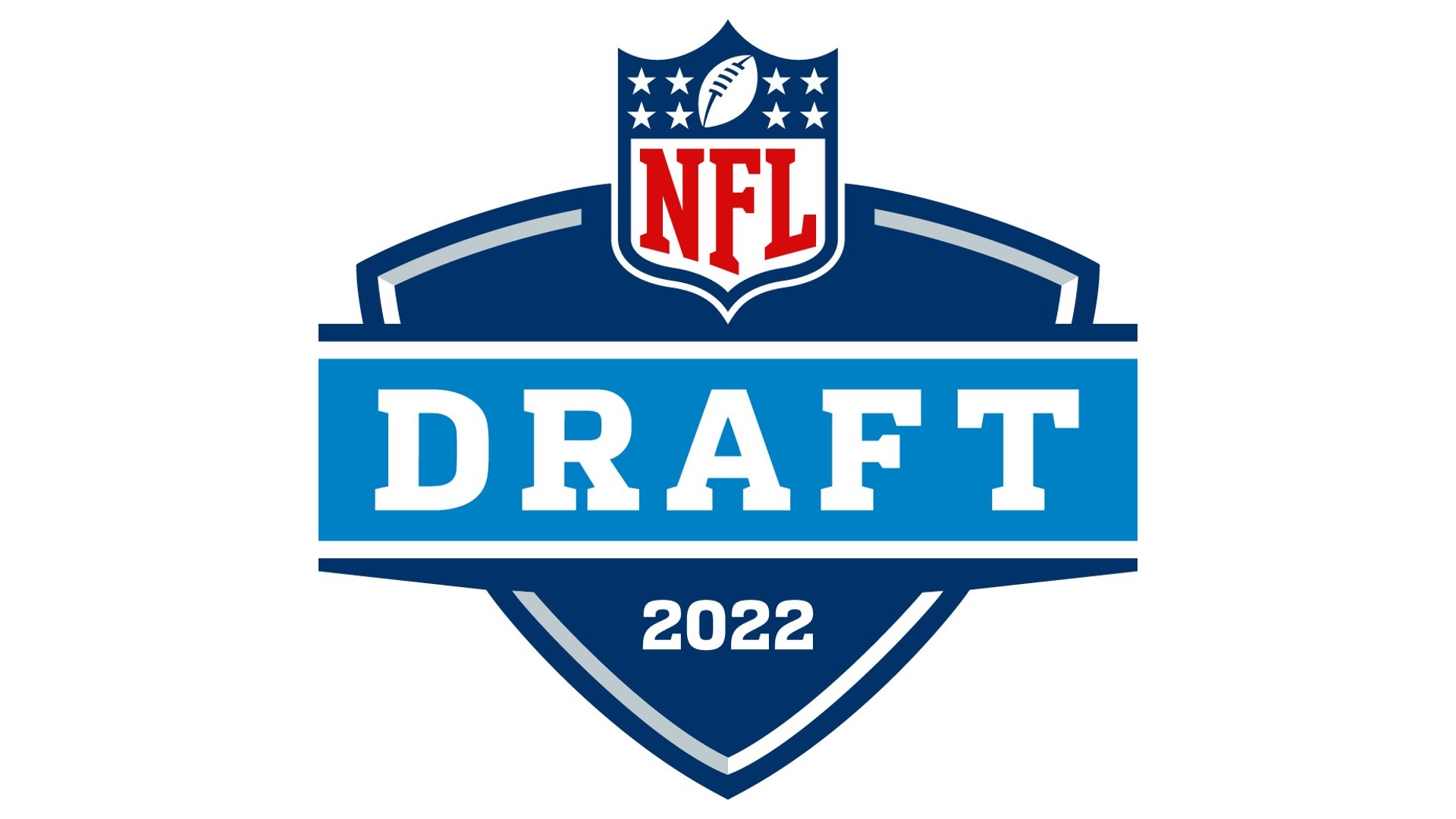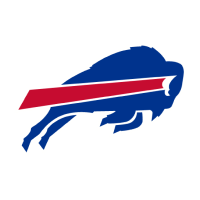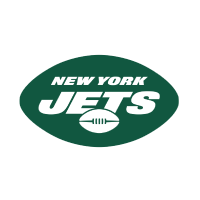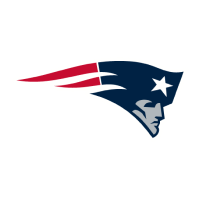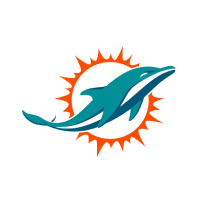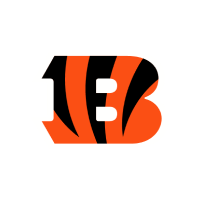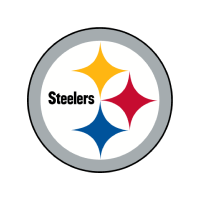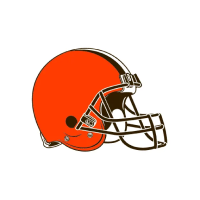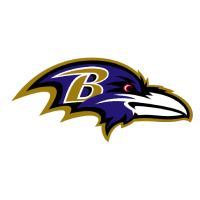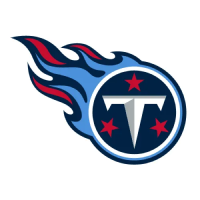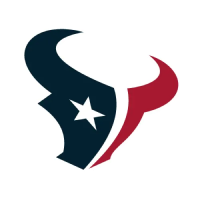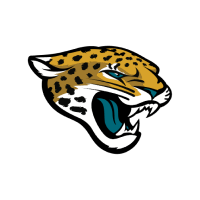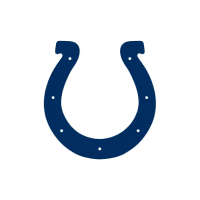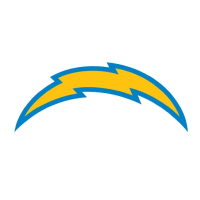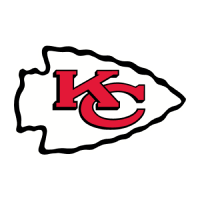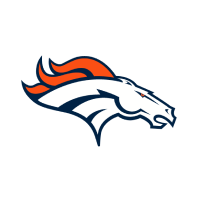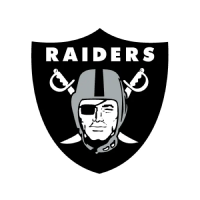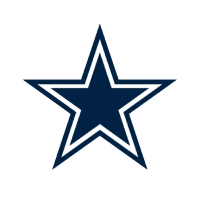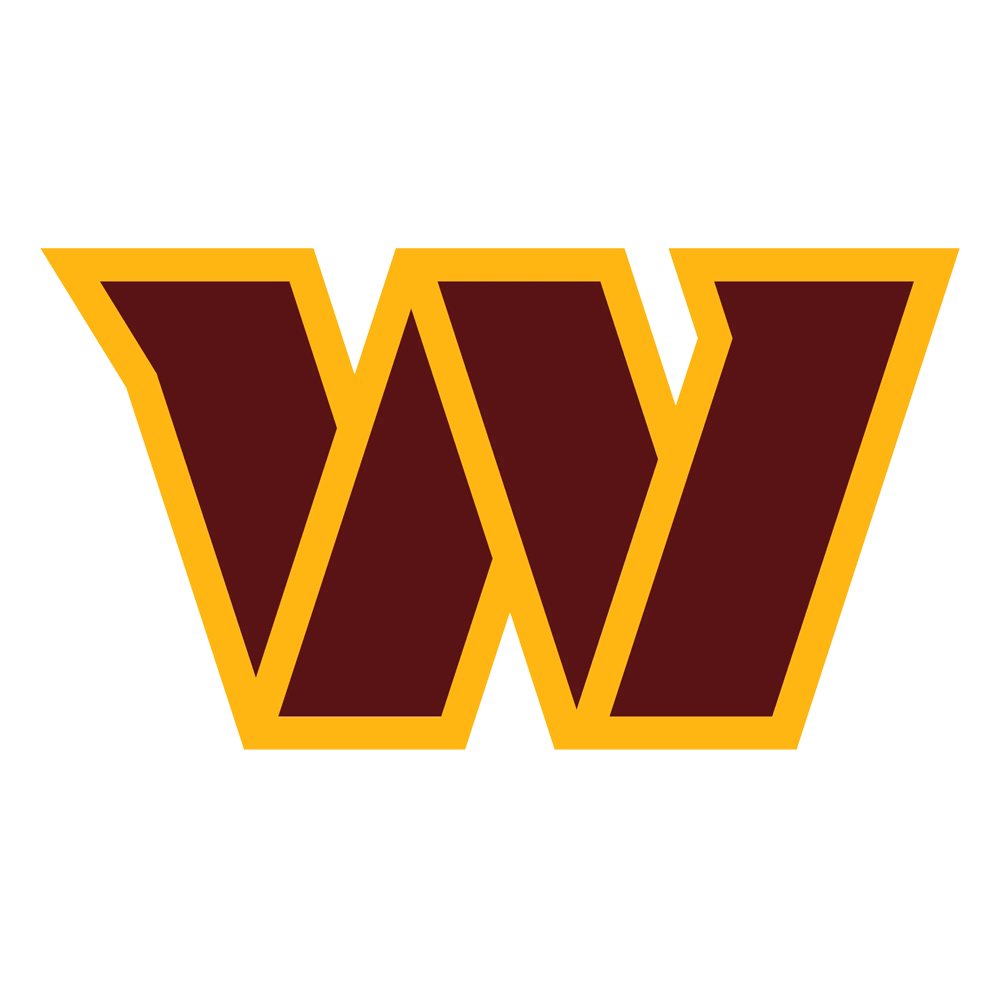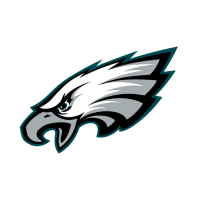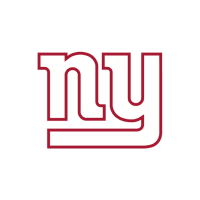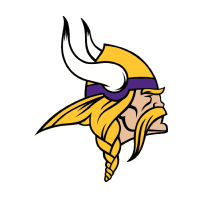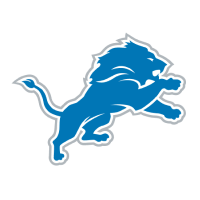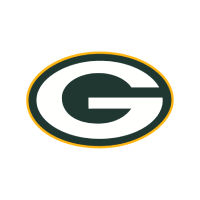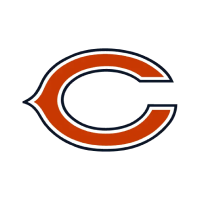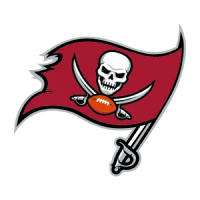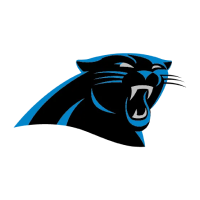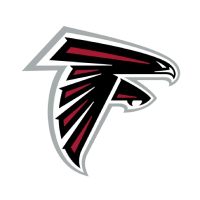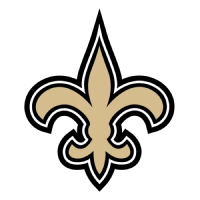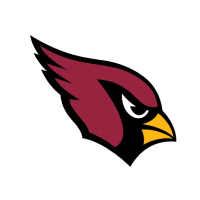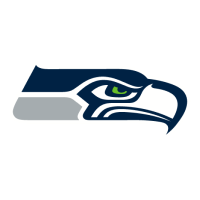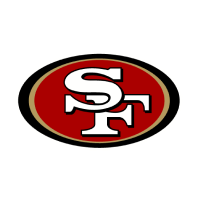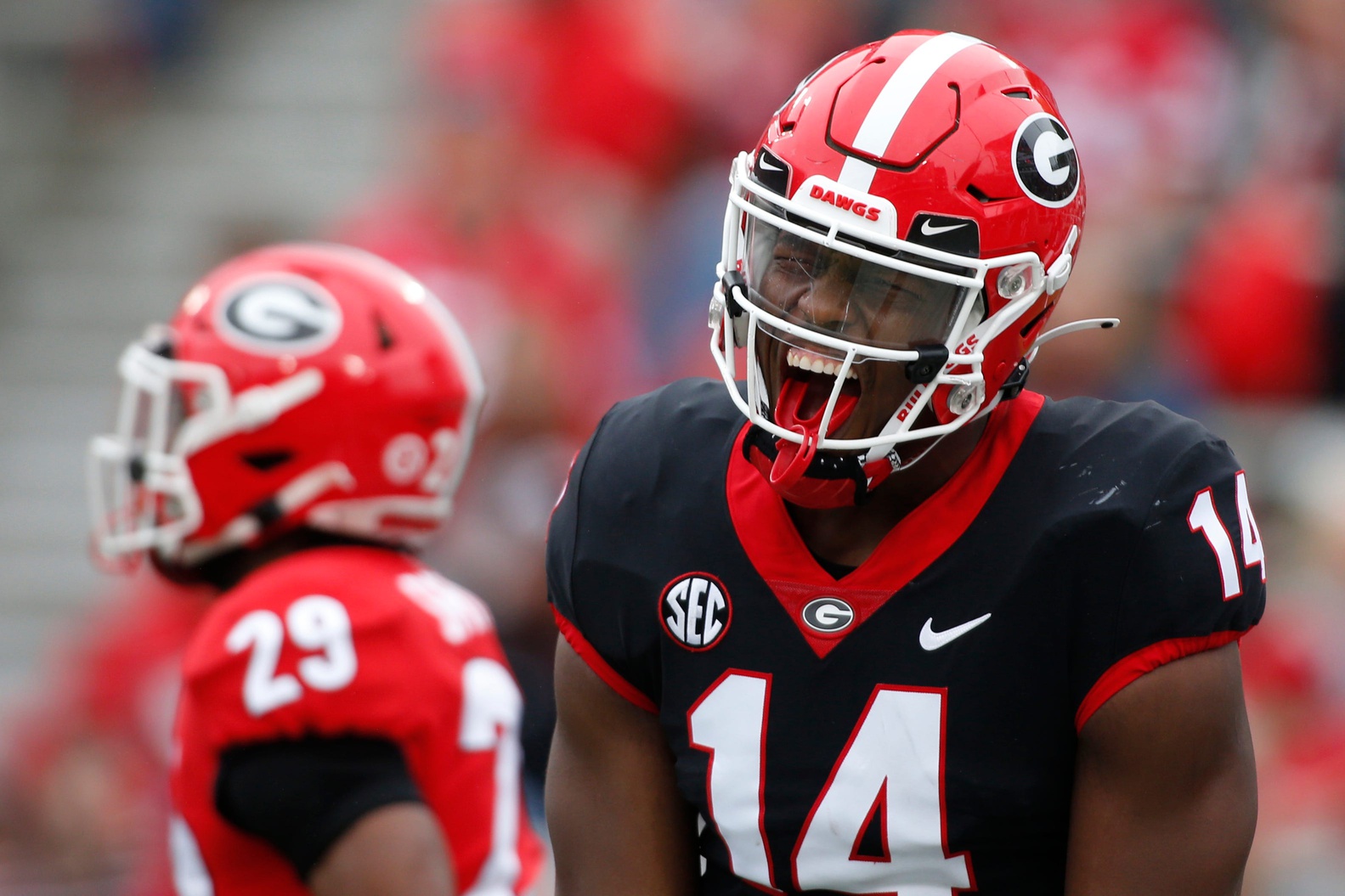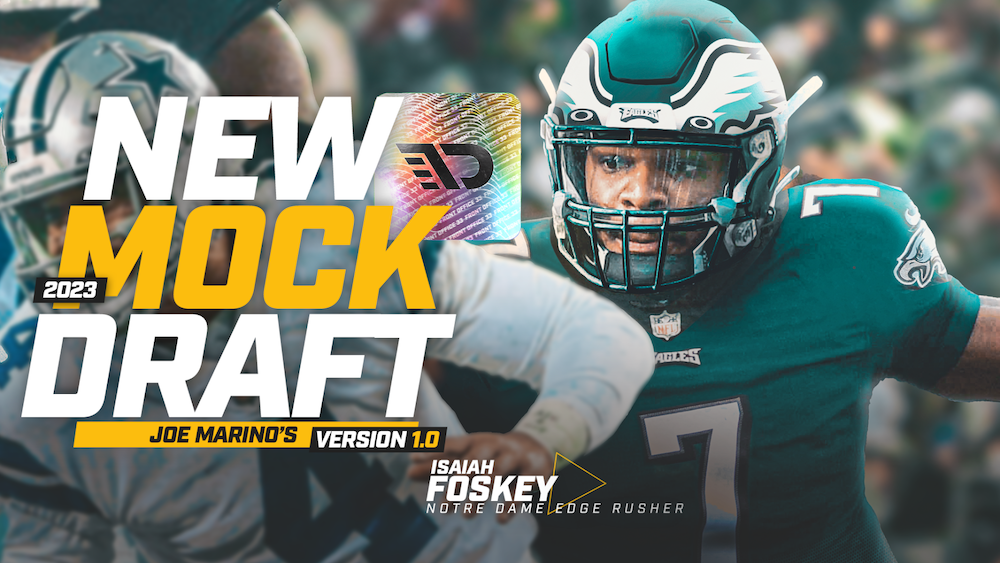It’s been a whirlwind of an offseason for the New York Jets thus far, and it’s not even March. Beyond the headlines surrounding Sam Darnold and his future under center, the Jets have ushered in a new era of football with the hiring of former San Francisco 49ers defensive coordinator Robert Saleh as their new head coach.
New York represents a roster in a clear rebuild. The investment in Darnold made just three years ago now seems irrelevant with a fan base desperate for a contender. With the duo of general manager Joe Douglas and Saleh, the Jets have established their foundation, as they now enter one of the most crucial offseasons in franchise history.
Using our Mock Draft Machine, I looked at which prospects the Jets could target this April when the annual NFL draft rolls around. Here is my seven-round mock, including scheme fit, on each prospect:
Round 1 (No. 2 overall): Justin Fields, QB, Ohio State
There’s been much debate as to who the true QB2 is in this year’s class. The fact is, there shouldn’t be.
Both Fields and Zach Wilson look primed for stellar careers at the next level, but the question of “who’s better?” will result in “who’s around him?” With Saleh and new offensive coordinator Mike LaFleur, Fields should thrive. Add in the Jets’ second-most cap space in the NFL, and New York has the necessary allotment of flexibility to head into 2021 as a completely re-tooled roster headlined by then-22-year-old Fields.
In LaFleur’s hybrid West Coast system, Fields’ ability as a dual-threat weapon will be utilized—it has to be. Not that Fields is bad inside the pocket, but as a signal-caller in today’s NFL, you must have the ability to move and create outside the pocket.
Fields’ ability to create off-script will kill man coverage-heavy teams with his legs. His NFL-ready 6-foot-3 frame allows him to stay dynamic as a runner, placing heavy pressure on defenses to constantly have an eye locked on the backfield. As a Buckeye, Fields also displayed his ability in zone reads and RPO concepts, extending the full bag of tricks to create conflict within defenders and isolate them in the game plan. Add in his talent as a pure passer, and Fields checks all the boxes worthy of the second overall selection.
Round 1 (No. 23 overall): Najee Harris, RB, Alabama
Who better to pair with Fields than arguably the top back in college football the last few seasons? Harris can do it all.
Frank Gore is always a great story, but if New York wants to compete, the need for youth-infused talent at running back should be near the top of Douglas’ offseason wish list. At 230 pounds, Harris is a terror to take down in the open field, and when he’s beyond the second level, good luck catching up. With Fields representing everything you look for in a franchise quarterback, the bill fits with Harris as a true RB1.
What better way to take pressure off of your rookie signal-caller than to pair him with the bellcow in Harris. Together, the two would form one of the most exciting, promising backfields in the entire NFL—exactly what the Jets so desperately need.
Round 2 (No. 34 overall): Azeez Ojulari, EDGE, Georgia
Potentially the top pure edge rusher in the class, Ojulari slips here into the early second round.
Saleh’s rise to fame came via the defensive side of the ball; specifically his development of the 49ers’ front four. The identity of San Francisco for years has been the unit up front. Saleh wants athletes on his defensive line, and Ojulari would offer exactly that. The former Bulldog ideally fits as a 4-3 OLB working primarily with his hand in the dirt, but touts the scheme versatility to play standing up if need be. As his edge tools develop, Ojulari should progress into a force off the Jets’ edge for years to come.
Round 3 (No. 66 overall): Richie Grant, S, UCF
A riser within the league, Grant solidified his status as one of the top safeties in the class after a stellar week in Mobile at the Senior Bowl.
With Marcus Maye set to enter free agency, the arrival of Grant would be an ideal fit here with his elite ball skills and scheme versatility working in man, zone, split-man, and match coverages—all roles he played as a Knight. As the Jets enter their rebuild, Grant’s addition offers a true centerfielder at the apex of their defense with a nasty style of play, providing an identity to New York’s secondary. Grant here in the third would be a slam dunk if he slips.
Round 3 (No. 86 overall): Amari Rodgers, WR, Clemson
Don’t let the program fool you. Yes, he’s had Trevor Lawrence rifling passes to him the last three seasons, but the former 4-star recruit can flat out go and get it. Throughout his four seasons at Clemson, Rodgers has progressively worked up to become one of the country’s top options out wide. He saved his best season for his curtain call in Death Valley, hauling in 77 catches for 1,020 yards and seven scores.
Rodgers, like Grant, flashed throughout the week in Mobile. Rodgers touts a strong frame that allows him to work both inside and out and his overall stature reminds many of a running back’s when focusing on his innate ability to power through arm tackles while maintaining outstanding contact balance.
Denzel Mims proved to be a nice addition and should earn a bulk share of the targets in his second season, but Rodgers’ addition would offer a nice trio of weapons for Fields as Jamison Crowder enters the final year of his contract. I do see the Jets prioritizing a wideout in free agency, but that’s a topic for another time.
Round 4 (No. 107 overall): Israel Mukuamu, CB, South Carolina
When focusing on Mukuamu’s 2018 and 2019 seasons, he flashed his ability as a day one corner. Following 2020, an injury left much to be desired in his game, but he possesses all the tools to progress into a true CB1 within New York’s defense. He touts outstanding length at 6-foot-3 with the scheme versatility to slide inside to the slot if needed. His physical nature at the line of scrimmage allows him to sit on opposing wideouts' hips for the duration of their route, providing minimal throwing lanes. Add in his innate ability to make plays on the ball and Mukuamu provides excellent value here in the fourth.
Round 5 (No. 147 overall): Justin Hilliard, LB, Ohio State
Behind fellow draft-bound linebackers in Baron Browning, Tuf Borland, and Pete Werner, Hilliard’s snap count ultimately suffered a tad. Tony Fields II (West Virginia) was also on the board here, but Hilliard slides in as a true 4-3 SAM linebacker in Saleh’s defense that has the ability to work over tight ends or flexed out to the hash in space. He has excellent eyes and constantly finds himself near the football filling gaps with a punch to opposing ball-carriers.
Round 5 (No. 155 overall): Dez Fitzpatrick, WR, Louisville
This is all about scheme. The former Cardinal fits seamlessly into LaFleur’s West Coast scheme as a technician in route-running. His presence would offer Fields a physical talent out wide whose game will continue to develop as his route tree expands.
The Jets offense looks primed to progress into one of the league’s high-flying offenses with Fields at the helm, which could lead to a massive workload for Fitzpatrick in his rookie campaign.
Round 6 (No. 199 overall): Malcolm Koonce, EDGE, Buffalo
Although he touts characteristics as a 3-4 OLB, I envision Koonce as a true edge defender working primarily with his hand in the dirt. With both Jordan Jenkins and Tarell Basham set to enter free agency, Koonce, opposite Ojulari, would offer Saleh an influx of horsepower on the edge of his front four. Koonce touts a relentless motor along with the ability to stack-and-shed opposing blockers with ease. He has work to do on his counter-rush game and can often find himself too far upfield while collapsing the pocket, but he’s rarely caught out of position due to his elite athleticism, allowing him to consistently set up shop in opposing backfields.
Round 7 (No. 245 overall) Tamorrion Terry, WR, Florida State
In this scenario, I would like to see Terry potentially switch to tight end. It’s not a knock on his ability to succeed as a wideout, but he would just present MASSIVE matchup issues across the board with his ability on the line. At 6-foot-4, Terry is superb in the air while working seamlessly in the intermediate areas of the defense. As a Seminole, he showed his ability to consistently win 50/50 balls with twitchy route-running and long strides that constantly find him in space. His massive 58 yards per reception on his nine touchdowns in 2019 is a credit to his YAC ability and elite contact balance. Development would have to come as a blocker, but he has all the tools to produce from day one in an offense, whether that’s out wide or just outside the tackle.
Filed In
Related Articles
NFL Draft
Arik Gilbert Doesn’t Need Big Workload To Be A Top NFL Draft Pick
- Aug 22, 2022
NFL Draft
2023 NFL Mock Draft: Marino 1.0
- Aug 22, 2022
Written By
